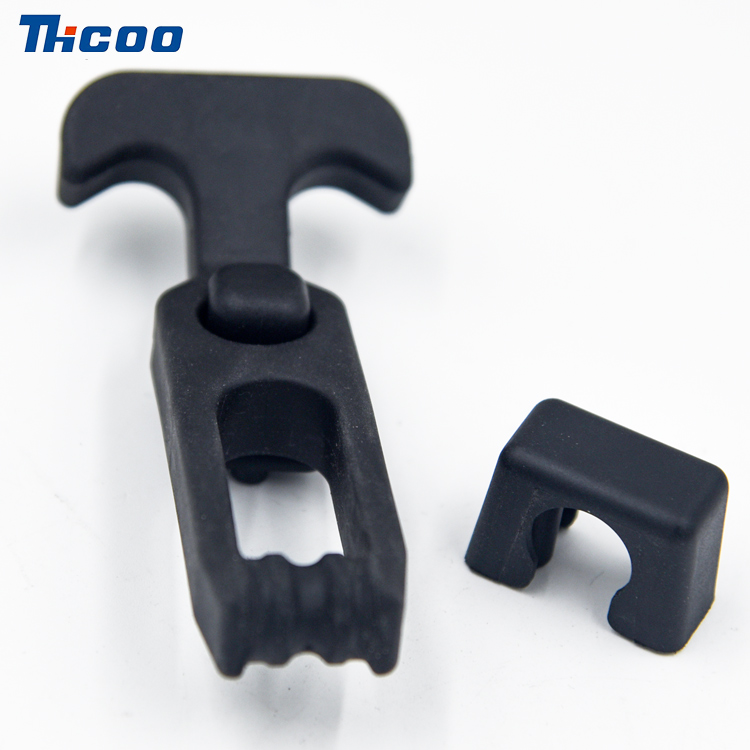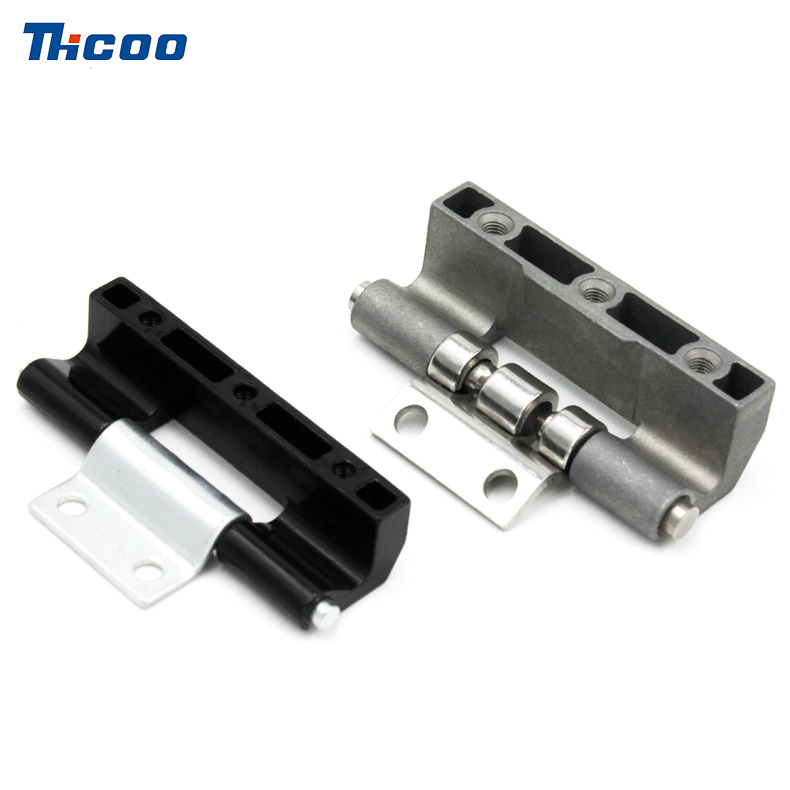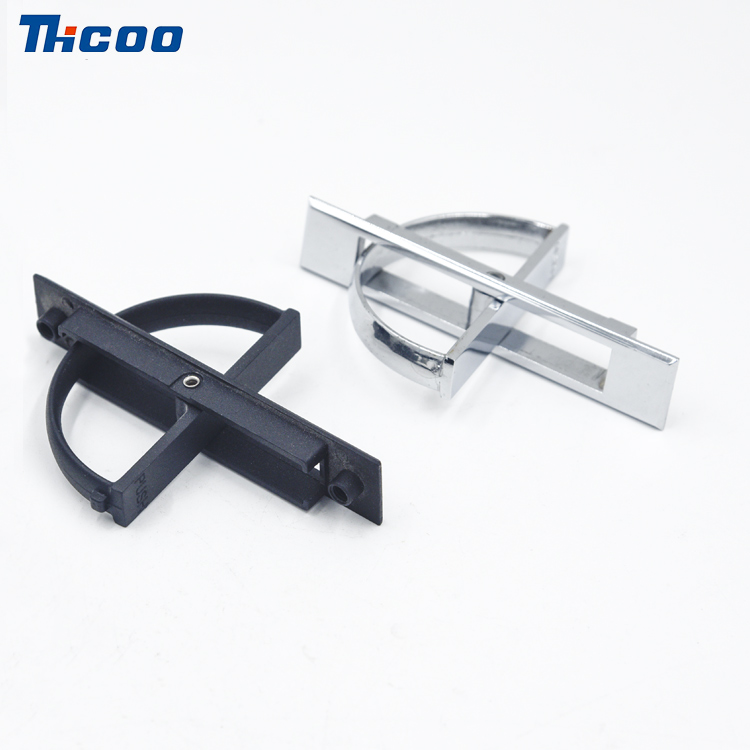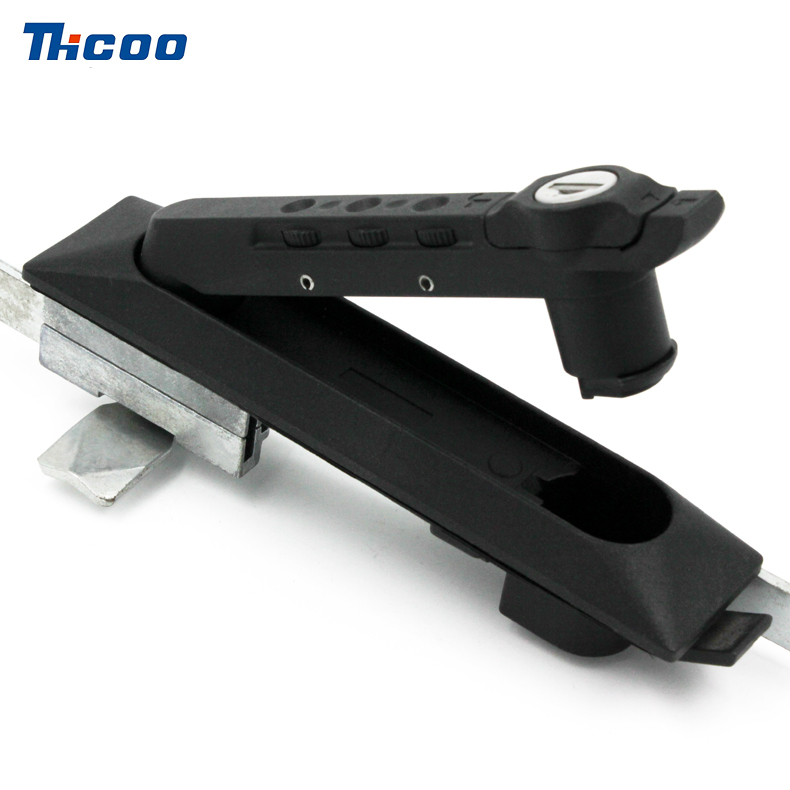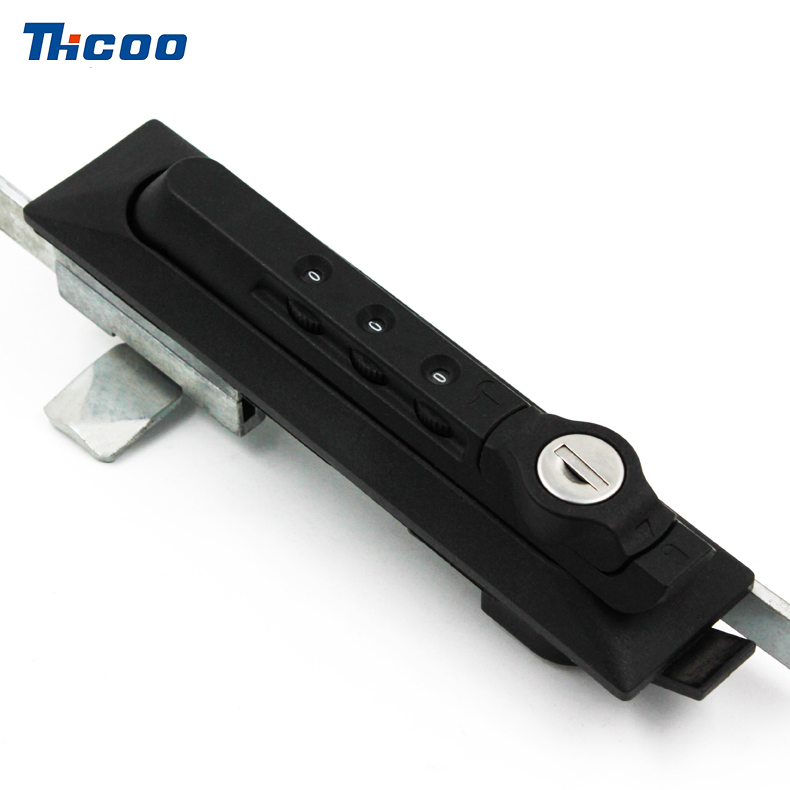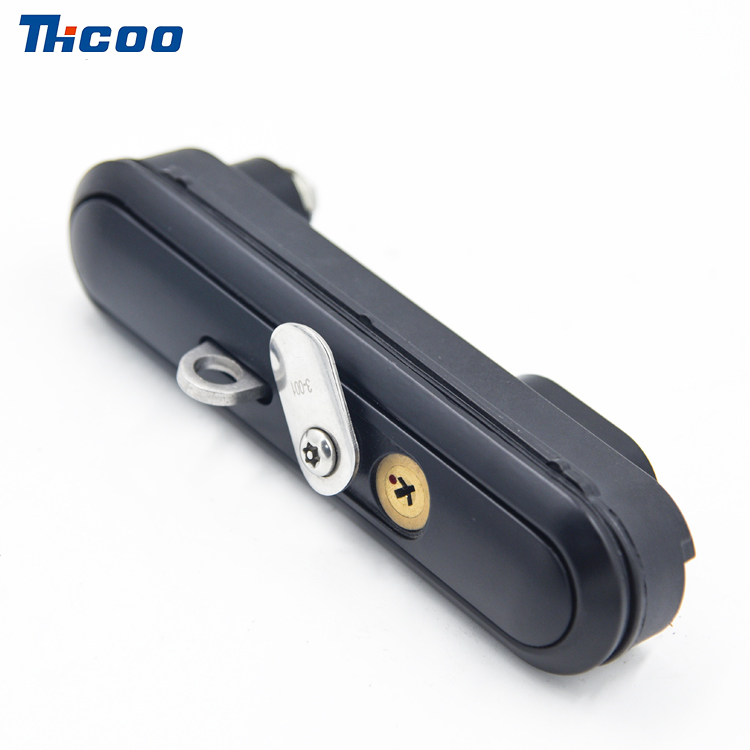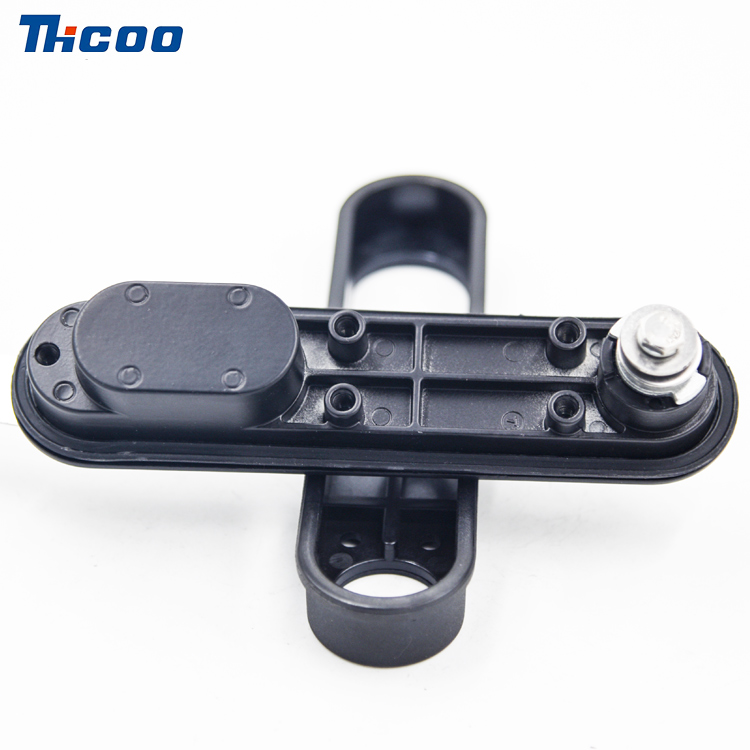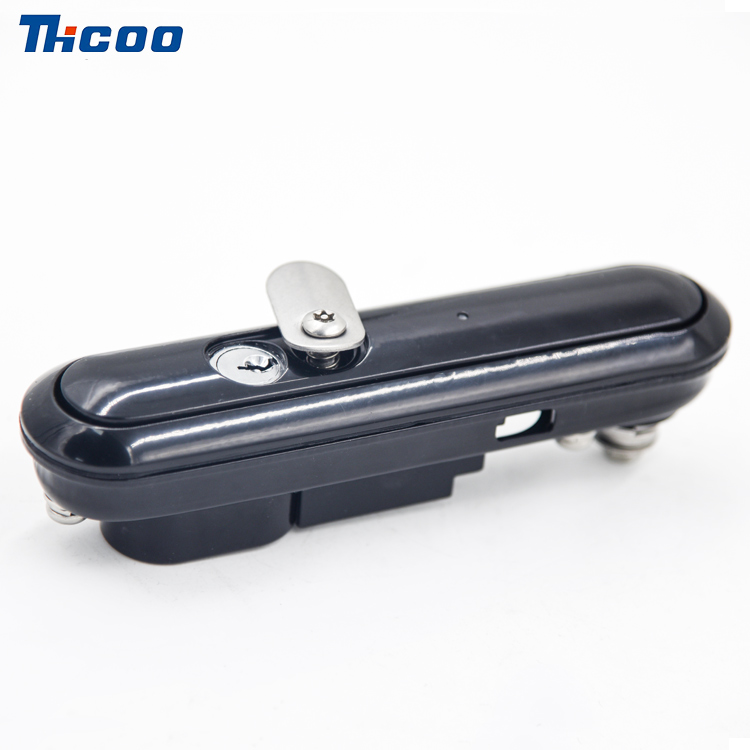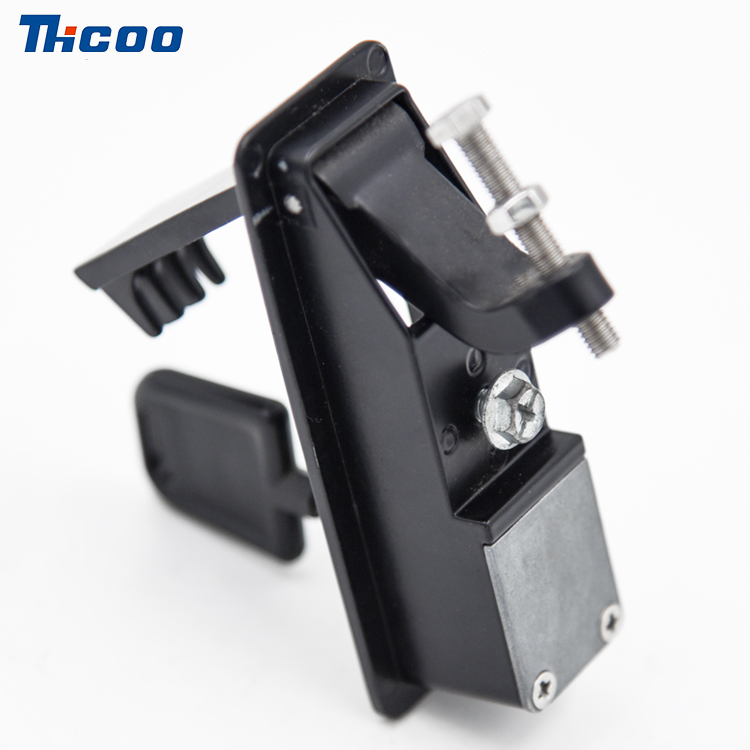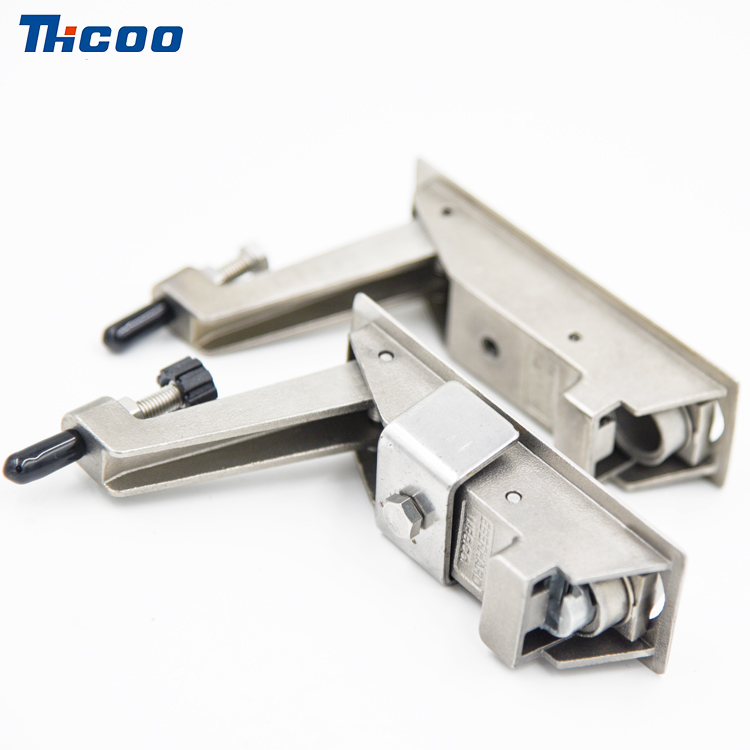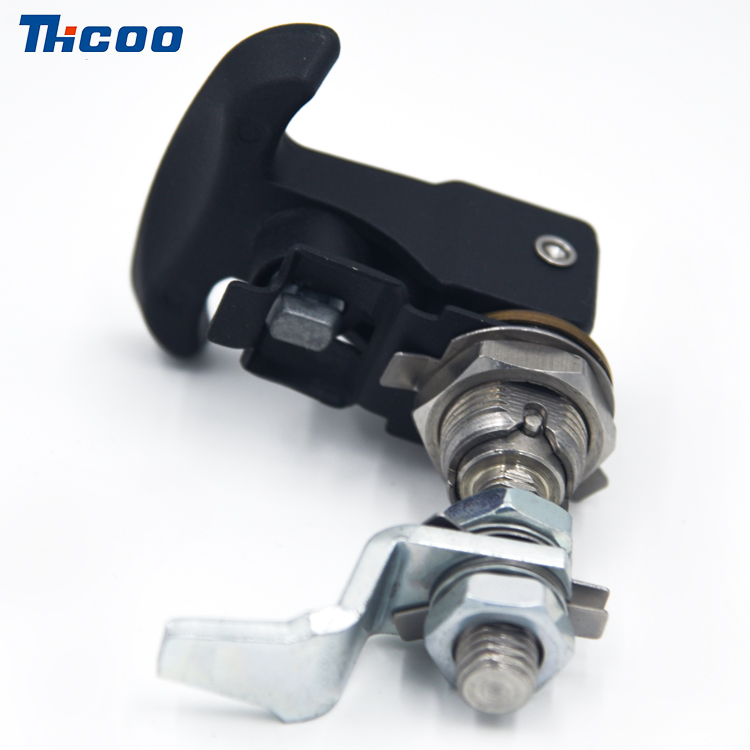The connecting rod is a critical component in internal combustion engines, playing a crucial role in transforming the linear motion of the piston into the rotational motion of the crankshaft. While its functionality may seem simple, the length of the connecting rod has a significant impact on engine performance.
One of the primary factors affected by the connecting rod length is the engine's stroke ratio. The stroke ratio is the ratio of the stroke length (the distance the piston travels) to the bore diameter (the diameter of the cylinder). This ratio has a direct effect on both the engine's power and torque characteristics.
When the connecting rod length is increased, the stroke ratio decreases. A shorter connecting rod reduces the piston's travel distance for a given bore diameter. This results in lower piston speeds and reduced frictional losses, leading to improved engine efficiency. Additionally, a shorter connecting rod allows for a lighter piston, reducing the overall reciprocating mass. As a result, the engine can rev higher and respond quicker to throttle inputs.
Conversely, a longer connecting rod increases the stroke ratio. This promotes higher piston speeds and increases the dwell time at top dead center (TDC) and bottom dead center (BDC), enhancing combustion efficiency. Longer connecting rods also offer advantages in terms of reduced side thrust on the cylinder walls, allowing for improved engine durability and reduced cylinder wear.
Furthermore, the connecting rod length affects the engine's rod-stroke ratio, which determines the rod angularity. Rod angularity refers to the rod's angle relative to the crankshaft's centerline during the engine's rotation. A shorter connecting rod results in a larger angularity, while a longer connecting rod reduces it. Optimal rod angularity is crucial to minimize side loading on the piston, piston rings, and cylinder walls, ensuring reliable engine performance.
It is important to note that changing the connecting rod length has implications beyond stroke ratio and rod angularity. Altering the connecting rod length affects the engine's piston dwell time at TDC and BDC, influencing valve timing, compression ratio, and intake and exhaust flow dynamics. These changes can significantly impact an engine's power delivery, fuel efficiency, and overall performance characteristics.
Therefore, manufacturers carefully consider connecting rod length when designing engines, taking into account various factors such as intended use, desired power output, engine displacement, and fuel efficiency targets. In high-performance applications, adjustable connecting rod designs may be employed, allowing tuners and racers to fine-tune engine performance based on specific requirements.
In conclusion, the length of the connecting rod has a profound impact on engine performance. Understanding the relationship between connecting rod length, stroke ratio, rod angularity, and other engine characteristics is crucial for optimizing power delivery, torque characteristics, and overall efficiency. Whether it's for a sports car, truck, or even a small engine, selecting the most suitable connecting rod length is essential for achieving desired performance goals.

 English
English Deutsche
Deutsche 简体中文
简体中文 languages
languages 

